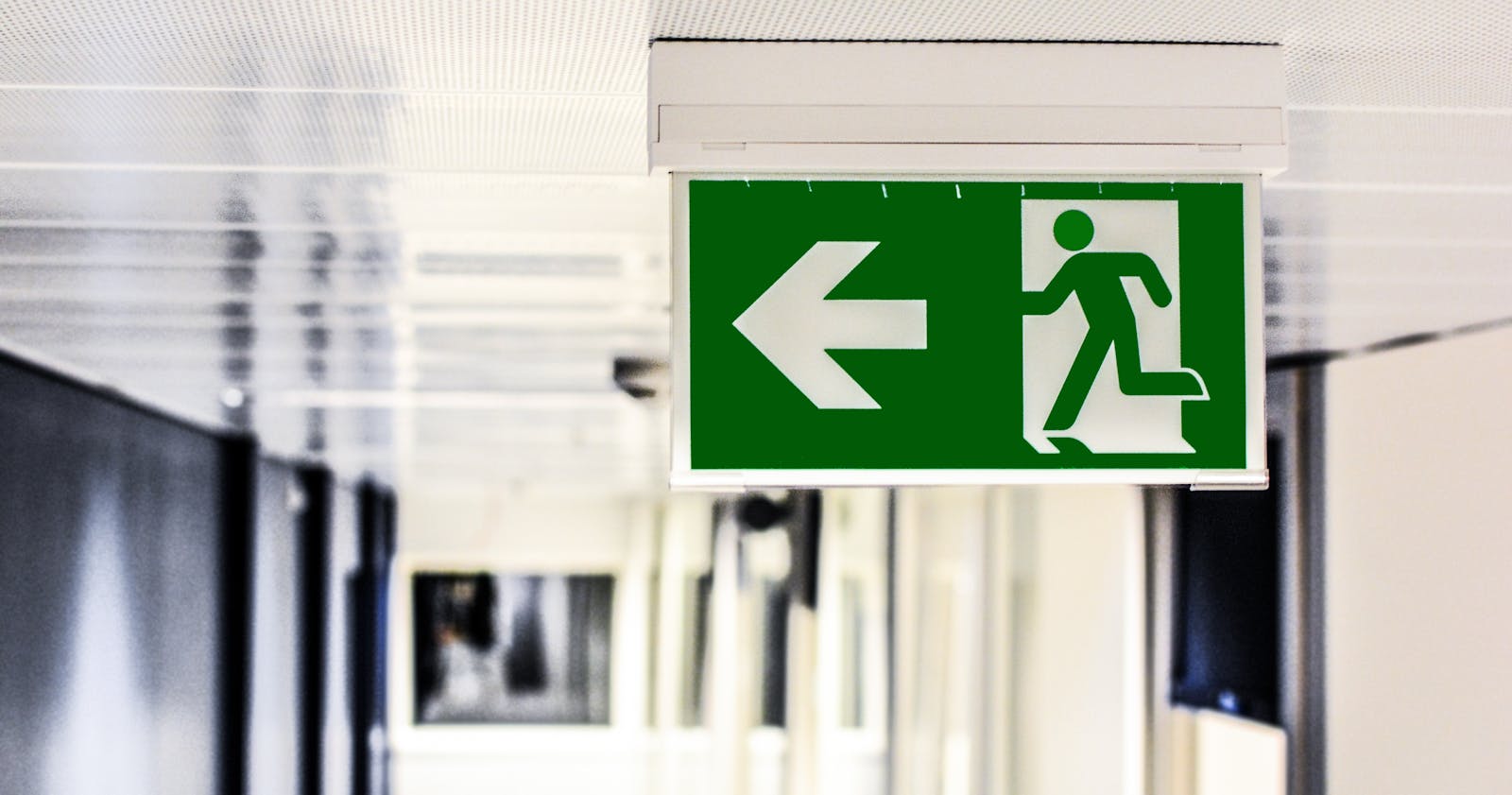Each month, Verita Risk Advisory Services promotes safety by highlighting best practices in areas such as driving, carbon monoxide, ladders, electricity, weather, etc. Our goal is to help keep you safe in everything from your day-to-day activities that can result in slips & falls, to exposure to unsafe levels of chemicals. In support of the National Safety Council’s (NSC) National Safety Month, this month we will cover general safety and awareness of behaviors that impact your probability of an accident.
Most safety professionals recognize the work of Herbert W. Heinrich. Heinrich published a book in 1931 which introduced what is commonly called Heinrich’s Law. Among other theories, that he based on his research and observations, he identified that about 9 out of 10 accidents were the result of unsafe acts. These include things like not wearing personal protective equipment such as masks, gloves or hard hats; removing guards; and speeding. This finding has led to the refocusing of safety efforts toward safety culture, training and behavior.
Everyone has a personal level of risk tolerance. It can be defined as how much risk a person will take. For example, one person will walk to the edge of a cliff to take a picture, and another will not go within 10 feet of the edge. A person with a high-risk tolerance must be highly trained in the safe practices of a job or activity or assigned a job that has fewer opportunities for injury. If the person does not comply with safe practices, action must be taken by management. For example, if you don’t wear your hard hat at a construction site where it is required, you must be removed from the site. As noted by the National Safety Council (NSC) in their comprehensive resource, “Injury Facts,” there were 222,698 preventable deaths and 62 million injuries, costing nearly $1.3 billion. The industries with the highest number of preventable deaths included construction, warehousing, agriculture, transportation, mining, and manufacturing. By putting in place proactive measures and more we can avoid these preventable deaths, injuries, and monetary losses.
Needless to say, “don’t stand on the edge of a cliff.” Even if you are in top condition, it is difficult to predict when a strong breeze could push you over or the ground gives way causing you to fall. You are standing at the edge of a cliff whenever you are performing an unsafe act. Please don’t take the risk when rewards are low, but the negative consequences are high. We must use common safety sense when at home or work.
If you would like to learn more about ensuring the safety of your workplace, property, or more, contact us here.
Disclaimer
The information contained herein is provided for information purposes only and is not intended to constitute legal or other professional advice and should not be relied upon in lieu of consultation with your own legal and/or other professional advisors. Some of the information, examples and suggestions presented in this material may be compiled by third-party sources we consider to be reliable; however, we do not guarantee and are not responsible for the accuracy of such information. We assume no duty in contract, tort, or otherwise in connection with this publication and expressly disclaim, to the fullest extent permitted by law, any liability in connection with this publication. Verita CSG, Inc. does not undertake to update the information included herein after the date of publication. Accordingly, readers should be aware that certain content may have changed since the date of this publication.
